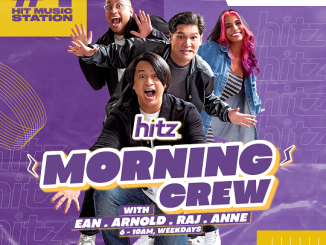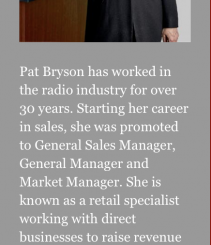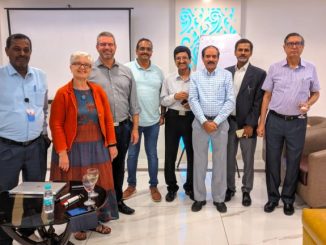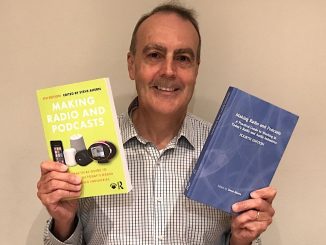A live event titled ‘DRM Digital Radio – at the Forefront of FM Broadcasting’ was organised by Indian and international hosts in New Delhi on July 21, 2022. Among the participants were the Association of Radio Operators for India (AROI), five leading private broadcasters in India, representatives of Indira Gandhi National Open University (IGNOU), Indian Cellular Association (ICEA), Federation of Automobile Dealers Association (FADA), Micromax – the Cellphone manufacturer, NXP, Technomedia Solutions Private Ltd and Broadcast Engineering Consultants India Ltd (BECIL) – the broadcast system integrators, Inntot Technologies Pvt Ltd – the Indian DRM receiver manufacturer, OptM Media Solutions Pvt Ltd – the broadcast solution provider, and the DRM Consortium.The participants were reminded that the global, open, and all-band DRM standard, offers full broadcaster independence allowing broadcasters the freedom to broadcast any content without any fees. There is also no revenue cut, as all technical details are openly standardised. And no technology license is needed to implement products and solutions of DRM.DRM is most efficient in terms of spectrum usage as one DRM block requires about 100 kHz (half the bandwidth of analogue FM) for 4 services (up to 3 audio and 1 multimedia). DRM FM allows for simulcasting DRM FM and FM analogue from the same transmitter without the need of replacing an existing FM transmitter. Each block can represent one single broadcaster who has full control of the spectrum and content. The participants explored together the three ways of possible DRM FM introduction in India: broadcast of up to 18 audio services in DRM digital from a single FM transmitter, broadcast up to 12 audio services in DRM digital along with a service in analogue and broadcast of up to 15 audio services in DRM digital in the white space between the two analogue FM transmitters.
Broadcast of multimedia content along with the digital audio services was demonstrated, including DRM’s Journaline advanced text application with support for all Indian scripts through Unicode. DRM standalone receivers as well as car radios already available in the Indian market for the reception in the DRM in the MW band, have been proven to be software-upgradable (without any hardware changes) to receive DRM in FM band, too. DRM’s efficient digital transmission results in huge savings in transmission power and thus distribution costs. Only about one-tenth power of DRM transmitter is sufficient in digital to deliver same coverage as existing analogue transmissions.India is the world’s largest digital radio deployment by All India Radio (AIR) with 39 transmitters (35 MW and 4 SW). AIR is also providing some exclusive radio broadcast content (24-hour News), multilingual Journaline information and has tested DRM for Emergency Warning Functionality (EWF) signals. DRM digital signals in India today can reach over 900 million people when all the installed transmitters work in full digital operation. Over 5 million cars on the Indian roads or 30% of new cars (from Maruti Suzuki, Hyundai, Mahindra, Toyota, MG Motor and Mercedes Benz) have already DRM radio reception facility – at no extra cost to buyers. The Starwaves DRM SoftRadio App is now available in various Android app stores to upgrade existing phones for DRM reception, and that Gospell, Starwaves, Inntot and many other DRM desktop receiver manufacturers are coming up with various standalone DRM receivers.During the New Delhi event participants enjoyed a live transmission on many standalone receivers, a car radio, Android mobile phones and tablets. Reception of DRM FM in a car parked outside the venue was also demonstrated.The participants took a keen interest in the presentations, demonstrations, and the discussions. They got a very good opportunity to debate not only how the DRM system can maintain the established FM environment but also how it defines and advances the future of FM broadcasting by creating whole new revenue sources besides audio-ads while enabling targeted broadcasting with an overall audience increase, as well as cutting distribution costs significantly.Involving commercial broadcasters in practical demonstrations of sharing same infrastructure and introducing DRM at reduced spectrum and energy use, while giving receiver manufacturers a chance to develop new solutions, will be the next step in digitising the FM broadcast and firmly establishing it as a core medium of India in the 21st century. […]






